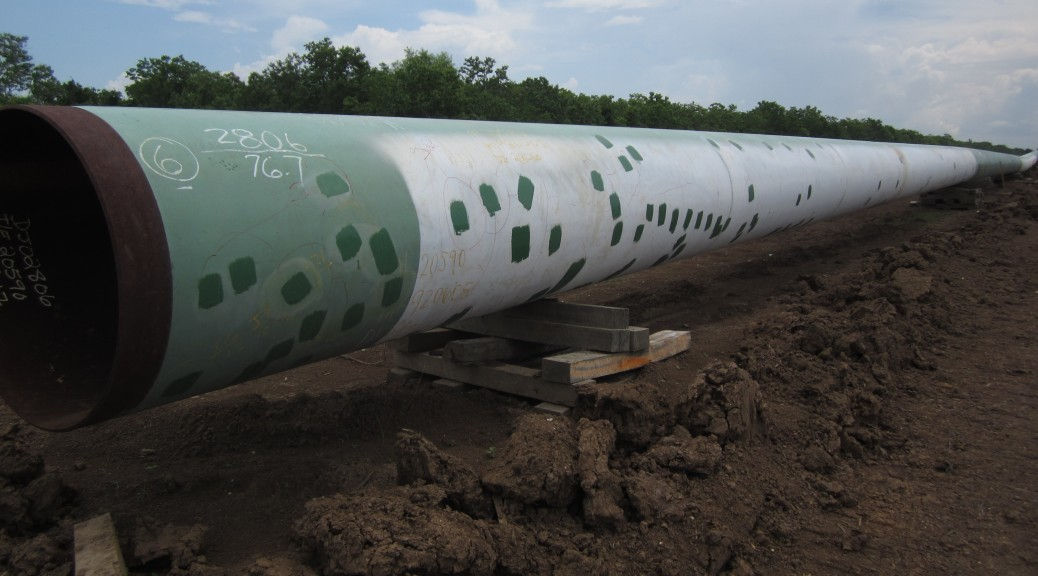Category: International
-

RMP’s International LNG Map – 10th Anniversary Upgrade with Report
Introduction In the early 2000s, the United States was bracing for a natural gas shortage. Domestic production was in decline, and forecasts predicted a growing dependence on foreign energy. Against this backdrop, Cheniere Energy began developing their Sabine Pass facility in Louisiana as an import terminal for liquefied natural gas (LNG). This project aimed to…
-

Global Green Energy Paradox: Balancing Ideals with Realities
As the world races towards a sustainable future, a paradox emerges: the very technologies heralded as solutions to climate change—solar panels, electric vehicles, and batteries—are often produced using fossil fuels, particularly coal, in countries like China and Indonesia. Meanwhile, in Western nations, environmental debates frequently oppose transitional technologies such as carbon capture and storage (CCS)…
-

Fuel Cells 101 – Learning The Basics
In this “101” post, RMP writes about the five basic types of fuel cells. Many people may not have heard of fuel cells but they’re here today and will be a bigger part of society more and more. Fuel cells generate electricity with only trace amounts of NOx pollution, SOx pollution, and particulate matter emissions.…
-

Coal Use Forecasted To Rise – How We Can Mitigate Coal Pollution
Coal use is growing across the world. Coal will eventually surpass oil as the #1 primary energy source for world energy consumption. Over 1.3 billion people around the world do not have electricity and they will be planning on building coal fired power plants as a cornerstone to their energy plan. We can either understand…
-

Cheniere – The First U.S. Company To Export Natural Gas (LNG)
When FERC approved Cheniere to be the first licensed exporter of LNG in the USA, everyone took notice, including RMP. Now, 4 years later, Cheniere is about to start shipping LNG to customers in the UK, Spain, Korea, and India. Contracts have also been inked with companies in France for trains that come online in…
-

Responsibly Migrating Away from Crude Oil
Read this post about the responsible migration away from crude oil and all the associated benefits it would have for American taxpayers. We can responsibly phase out internal combustion engines and improve our economy and national security. Energy is a tax and the companies that sell us that energy at a profit have formed a…
-

The Keystone XL Pipeline
If you listen to the TV news and proponents of KXL, you might think the Keystone XL is all about America. But, what if America has little to do with Keystone XL other than we are geographically located between Canada’s Athabasca tar sands and a deepwater port to foreign markets? Proponents focus their talk on…